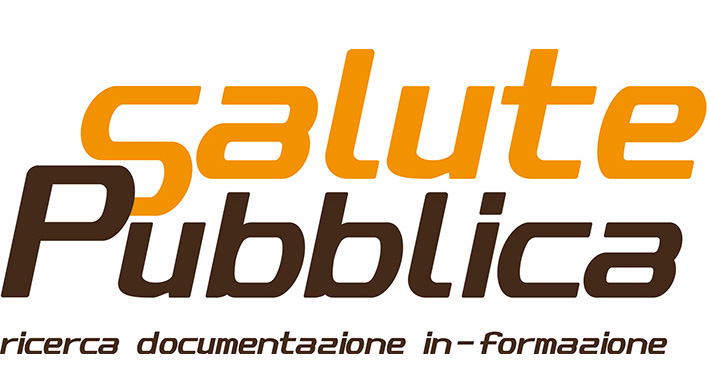Commissioner Karmenu Vella
European Commissioner for Environment, Maritime Affairs and Fisheries
Berlaymont
Rue de la Loi, Brussels
Brindisi, 19 November 2014
Dear Commissioner,
Brindisi is a town in the south of Italy, in the Puglia region, not far from Taranto,
headquarter of Peacelink, which you know for the presence of the ILVA steel plant.
We address this letter to you to bring to your attention the fact that in Brindisi there is a
series of large industrial plants whose effects on the population are critical and potentially
highly dangerous.
In Brindisi there are two power plants that produce with coal, the biggest of which is the
“Enel-Federico II (Cerano)”, the second one being the “Edipower”.
The Enel-Federico II (Cerano) plant has been defined by the European Agency for
Environment as one of the most polluting plants of Europe and surely one of the worst in
Italy, with a severe impact on people and a very important rate of CO2 production.
The Enel-Federico II (Cerano) plant produces 2400 million watts of energy per year,
burning approximately 7 million tons of coal per year as well. The EAA highlights, in a
study, that the thermoelectric plant of Cerano represents a real danger for health, in light of
the polluting agents that a coal burning plant emits: thin particulate such as Pm10 and
Pm2.5, benzo(a)pyrene, dioxins and natural radioactive isotopes. Particularly dangerous are
heavy metals such as mercury, nickel, lead, arsenic and cadmium, responsible for a series of
carcinogenic diseases.
In this link, a study of the International Society of Doctors for the Environment, ISDE,
underlines the link between coal burning plants and cancer.
(http://www.isde.it/Biblonline/relazioni/Centrali%20a%20carbone%20e%20tumori.pdf)
Brindisi is home also to other plants, “Versalys ENI”, “Basell Brindisi” and “Chemgas”,
located within the so-called petrochemical pole, not far from the “ENIPower” gas power
plant and the “Edipower” coal power plant. The concentration of potentially polluting
sources, extremely dense, includes as well the pharmaceutical chemistry industry “Sanofi
Aventis” and a storage base for LPG, “Luggage Coastal Adriatic”, just to name a few.
This industrial load of Brindisi is unbearable and incomprehensible for one city, where
another critical element is represented by the huge landfill of “Micorosa”, an area of 1.5
million cube meters of toxic muds coming out of the production of the Petrochemical area
plants and being buried over a surface of 44 hectares.
This area has become a dumping ground for hazardous industrial waste and highly toxic
chemicals, where half million cubic meters of waste of all sort lie up to five meters deep.
In the underwater of Micorosa, important quantities of polluting agents have been found:
vinyl chloride in a quantity of 7.7 millions times over the limit; 1.1 dychloretylene 198
million times over the limit; benzene 50.000 times over the limit, dioxin more than 40 over
the limit.
The threat represented by the chemical pole consists also in the emergency torches of the
Versalis ENI plant, that have been burning for several years with an important frequency,
emitting into the air tongues of fire dozens of meters high and a dense black smoke. The
Versalis ENI torches were put under sequestration in 2010, during an investigation
conducted by the Tribunal of Brindisi, which led to 4 formal notices of investigation to
several top managers of the company Polymers Europe (which in the meantime has become
Versalis-ENI) and Basell.
The sequestration was suspended few months after, and the plant started to produce again
using burning torches. Since then, the darting flames keep on emitting SO2, benzene and
PAH.
Brindisi is a bomb. All sort of polluting agent can be found in its environment and impacts
on population are extremely important, as reported in the “BMC Pregnancy and Childbirth
Report” on neonatal malformations of children born from mothers who live in Brindisi.
(http://www.biomedcentral.com/1471-2393/12/165). Many cases of cancer in different
workers of the plants were referred to the competent national authorities, but found so far no
answer.
Brindisi has been included since 1986 in area for high environmental pollution and it is part
of the SIN (sites of national interest): the area of Cerano, where the ENEL-Federico II
power plant is located, and of Micorosa landfill cannot be used for agriculture but a real
study of cancer cases per area and of soil, underwater and air is missing! The relevant
analysis have never been realised nor screening on the population has been conducted, even
if the high pollution and its evidence are obvious.
We believe that the European Commission should investigate in the situation of Brindisi, in
light of the European Directive on Industrial Emissions 2010/75/EU.
We join to our letter a dossier to help your services identify at best our request. We stand
ready to provide you with any additional information that you may need and seize the
opportunity to ask you for a meeting on the issue.
Sincerely yours,
Marco Alvisi, Salute Pubblica Association
Antonia Battaglia, Peacelink
Alessandro Marescotti, Peacelink
Maurizio Portaluri, Oncologist in National Health Service
Ornella Tarullo, Peacelink
Peacelink Taranto/Brindisi/Brussels
